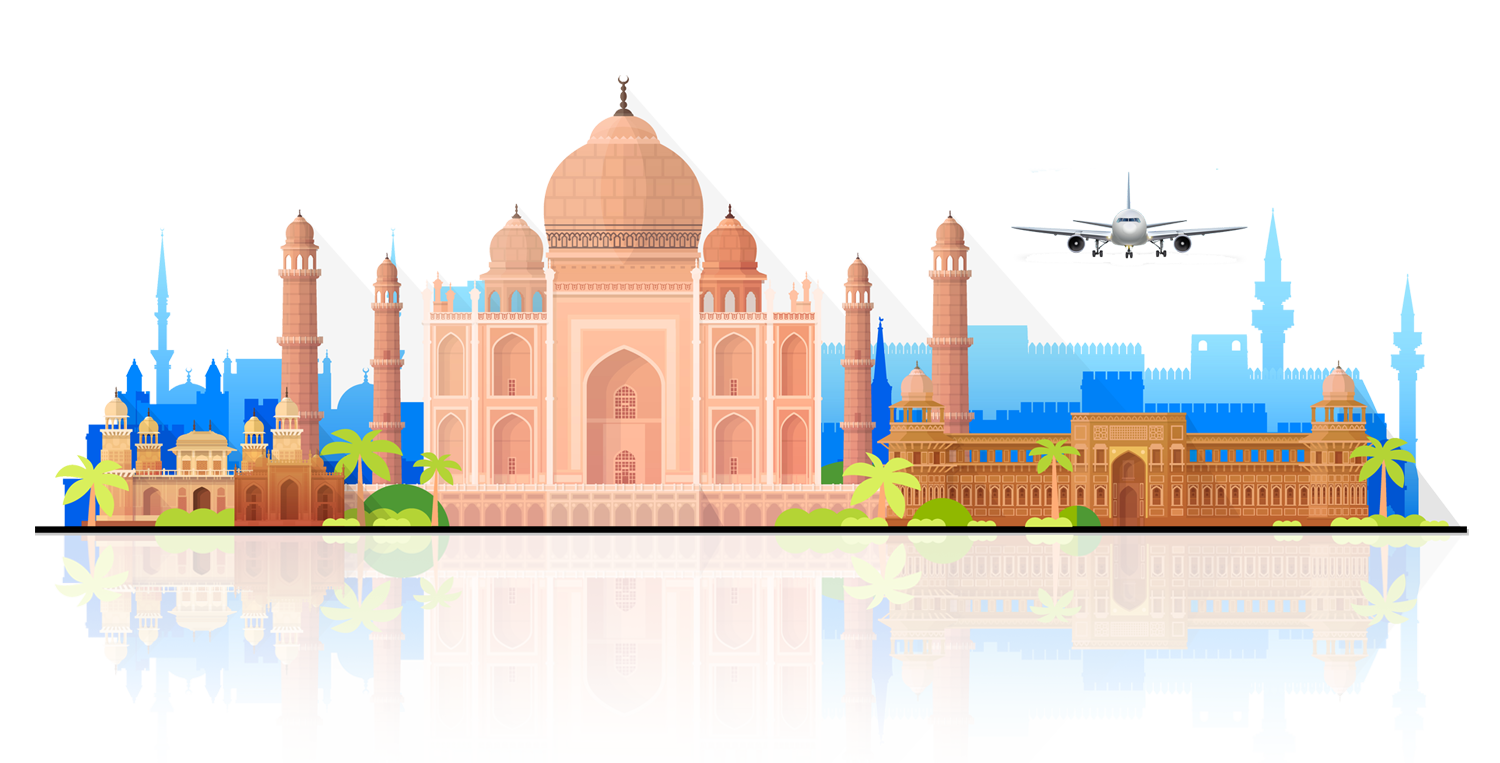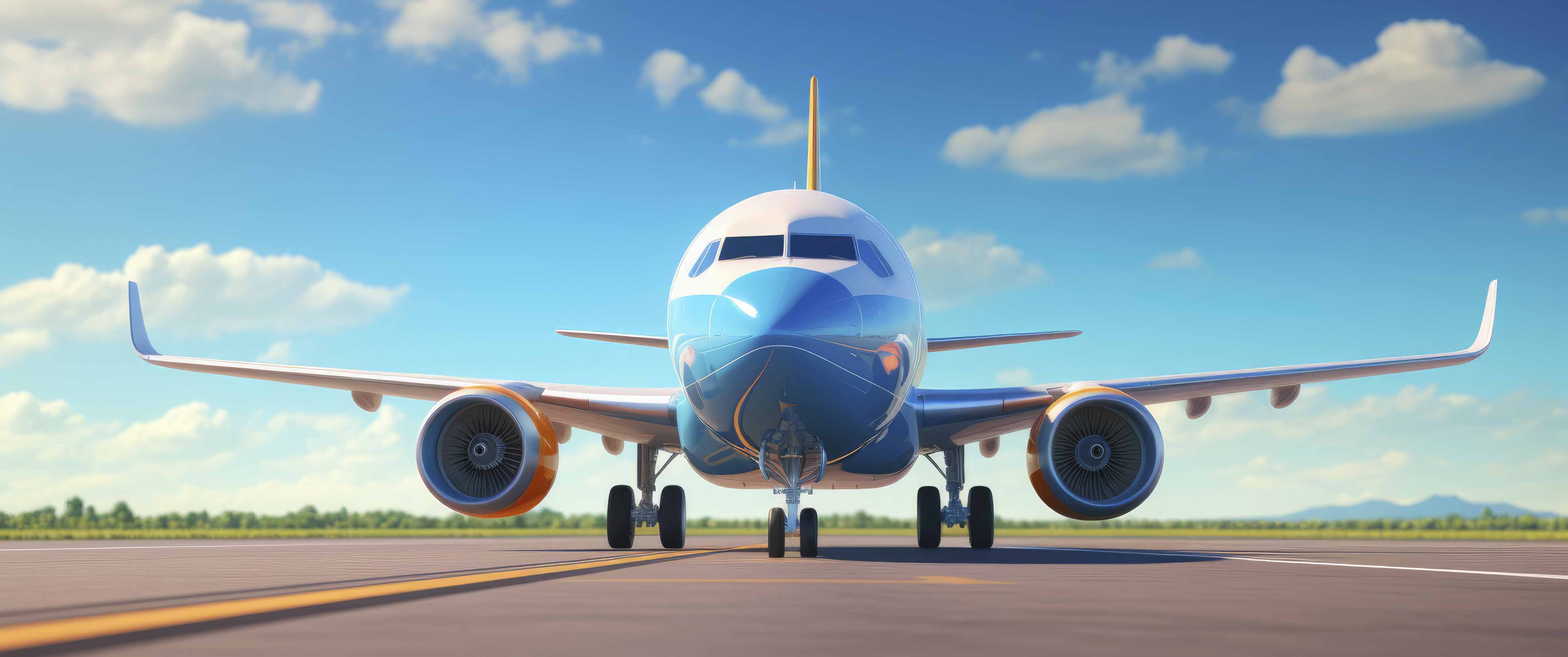

Commercial Pilot Training in India is a structured process that involves theoretical education, flying hours, and examinations. Here’s an overview of the key components:
This phase includes theoretical knowledge covering subjects such as Navigation, Meteorology, Air Regulations, Aircraft Technical Knowledge, and Radio Telephony Restricted (RTR). Ground school is essential to prepare for the Directorate General of Civil Aviation (DGCA) exams.
For more details: https://www.dgca.gov.in/
After completing ground school, students undergo flying training at a DGCA-approved flying school. The training involves practical flying lessons under the supervision of an instructor.
To obtain a Commercial Pilot License (CPL) in India, a candidate must complete a minimum of 200 flying hours. These hours include:
1. Solo Flying Hours: Approximately 100 hours.
2. Cross-Country Flights: Around 50 hours.
3. Instrument Flying: At least 10 hours.
4. Night Flying: Minimum 5 hours.
Additional hours may be required depending on the flight school’s curriculum and DGCA regulations.
This exam tests knowledge of aeronautical navigation, including map reading, flight planning, and the use of navigation aids.
Focuses on understanding weather patterns, atmospheric conditions, and their impact on flight safety.
Covers the rules and regulations governing aviation, including air traffic control procedures, airspace classification, and safety protocols.
Involves understanding the technical aspects of aircraft, including engines, systems, performance, and emergency procedures.
This exam evaluates proficiency in aviation communication, including the use of radio equipment and adherence to communication protocols.
Candidates must pass a Class 1 medical examination conducted by DGCA-approved medical examiners.
To communicate with air traffic control, pilots must obtain an RTR license, which is issued by the Wireless Planning & Coordination (WPC) Wing of the Ministry of Communications.
Some flying schools offer simulator training to help students gain experience in handling complex flight scenarios.
The minimum age to apply for a CPL is 18 years.
Candidates must have completed 10+2 with Physics and Mathematics. If not, they can clear these subjects through the National Institute of Open Schooling (NIOS).
The DGCA conducts written exams for each subject. Candidates must pass these exams to qualify for the CPL.
Training in India is often more affordable compared to other countries, making it accessible to a broader range of students without compromising on quality.
India's rapidly expanding aviation sector provides abundant opportunities for training and employment, positioning students for successful careers in a dynamic market.
Indian aviation schools are home to highly skilled and experienced instructors who bring a wealth of practical knowledge to their training programs.
India's varied airspace, which includes both busy metropolitan areas and quieter regions, offers students exposure to different flight environments, enhancing their adaptability.